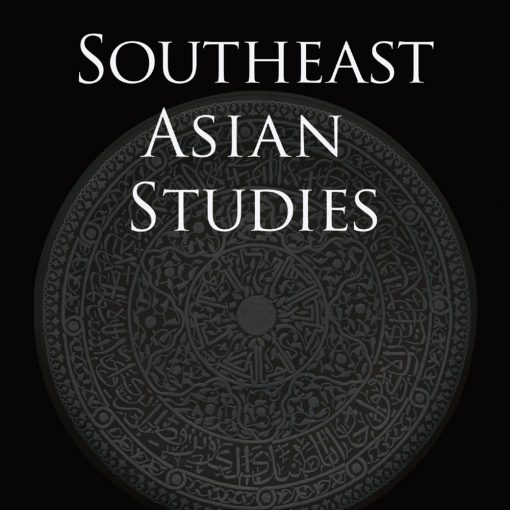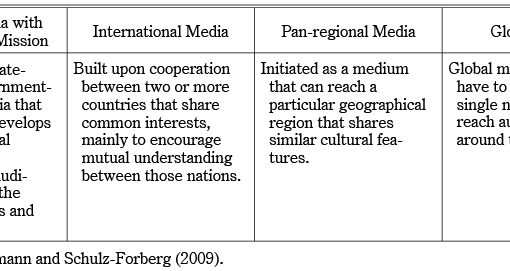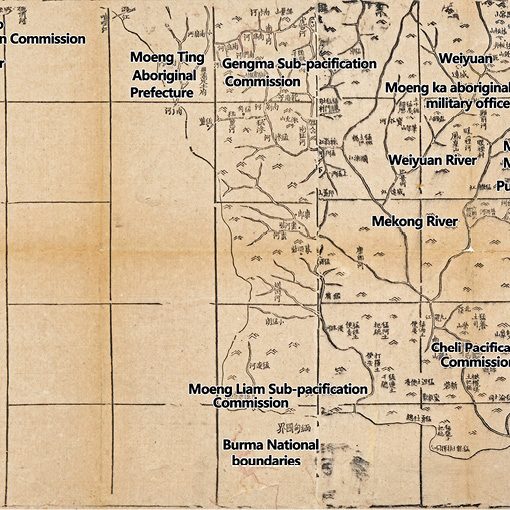Contents>> Vol. 9, No. 3
Fighting for Virtue: Justice and Politics in Thailand
Duncan McCargo
Ithaca and London: Cornell University Press, 2020.
Since King Bhumibol’s galvanizing speech in April 2006, urging judges to “serve and save the nation,” the judiciary has played a key role in Thailand’s political chaos, drawing unprecedented attention to this once apolitical institution. The phenomenon is known by many names: judicialization of politics, judicial activism, and juristocracy. Despite the attention, the Thai judiciary remains one of the least studied subjects. Although it is often mentioned, there are not many detailed works on it. There are a few studies on the constitutional courts, focusing mostly on a series of decisions that disrupted the political landscape and helped political elites maintain their upper hand. Only a few examine the court of justice, which is the most prestigious body and has actually tried hundreds, if not thousands, accused of thought crimes—lèse-majesté, computer crime, sedition, contempt of court, and so on. However, they all focus on the end products, the court decisions, criticizing how unreasonable or arbitrary they were. Barely any scholar has addressed the crucial question of how the judiciary is made to carry out such blatant injustice in the name of the law. Duncan McCargo’s Fighting for Virtue offers a rare insight into the world of the Thai judiciary. Even lawyers, unless they pass the judge entrance examination, would not know judgeship well. Being an outsider, McCargo does not take things for granted as most legal scholars would: he identifies and questions many irregularities he encounters.
McCargo’s main message is that legalism, or hyper-legalism—an obsession with the judiciary and law as being the solution to Thailand’s political ills—is misplaced. He has expressed this skepticism since his early works. Fighting for Virtue tracks the making of judges and how they performed in selected cases, in order to confirm that they are not the answer to Thailand’s troubles. More often than not, they worsen the situation, in effect ruining their own reputation and that of their master.
The book is divided into two main parts. The first half—three chapters—tracks how a judge is made. McCargo portrays an ambitious young law graduate who endures much hardship in studying for an arduous examination that few end up passing. His or her choice of career offers high job security and prestige in exchange for obedience. Judges are expected to live a quasi-monastic life, to distance themselves from moral distractions and remain independent, but also to isolate themselves somewhat from social reality. The communitarian culture requires conformity to the group rather than individual creativity. As McCargo puts it, judges are bright, but perhaps not as bright as they think they are. Blinded by collective disposition, they are possibly dangerously overconfident.
In Chapter 2 McCargo explores the judiciary’s point of pride, its affiliation to the king. Judges were different from employees in other branches of the government because they worked directly on behalf of the benevolent King Bhumibol. At least, that is what they were told. This bond was strengthened, as McCargo shows, through direct audiences with His Majesty, lore, as well as symbolism. By claiming a connection to the most revered man in the kingdom, the judiciary enjoyed the moral high ground and immunity from criticism, which arguably radiated from the king himself. Interestingly, the author questions whether royal involvement in judicial activities can really lead to justice. He points to the difficult question of royal pardon power as one example where a periodic pardon leads to moral hazard among judges.
Chapter 3 is about challenges. Overall, the judiciary is a very conservative body. In the twenty-first century, it faces several challenges. It is accused of being discriminatory against Thaksin’s men. Its partnership with authoritarianism is exposed. Thai judges feel increasingly uneasy, but the Thai judiciary’s conservatism, siege mentality, and archaic organization hinder it from necessary reform, deepening the public’s resentment of the once revered institution.
The second half of the book—five chapters in all—is about selected cases. In Chapters 4, 5, and 6 McCargo follows three cases of enemies of the establishment. They are accused of lèse-majesté and computer crime. None of them are tried for treason, but, as McCargo argues, the judiciary seems to treat them as if they are, as if their real crime is disloyalty to the monarchy. A trial becomes a test of loyalty and allegiance, to the king and to the nation. Observers of Thai politics may be familiar with these cases, but McCargo offers his firsthand observations from the courtroom. His notes reveal the nature of the cases and trials.
Frankly, McCargo is very fair to the judges, who shoulder the unenviable task of navigating through dangerous political waters in these highly politicized cases. As McCargo has shown in previous chapters, most judges look for a cosy, uncontroversial, life, but now that they are compelled to enter into the messy world of politics, they become frustrated. However, McCargo reminds his readers that both sides have erred. When redshirt lawyers try to use the courtroom to expose the judges’ political beliefs and irritate the judges, that does no good to the hapless defendants. There are many what-if criticisms, and some of McCargo’s views might not be received favorably by redshirts, the pro-democracy movement. But they are worth listening to. McCargo reveals the nature of the trials: rife with difficulties, they exhaust judges, who find themselves locking horns with lawyers. None of this produces liminality, he suggests. These cases could have been farces were the tragedies of the defendants not real.
Chapter 7 gets to the root of the problem, Thaksin Shinawatra. McCargo puts it accurately and succinctly when he writes that the rise of legalism was mainly about uprooting Thaksin. Thaksin’s real crime was disloyalty, but—as McCargo rightly points out—he did not commit it until 2017. Thus, despite a series of criminal trials, the cases against him led the judiciary further into a quagmire. Such a tactic—employing the law against the state’s political opponents—could not destroy Thaksin’s influence on Thai politics.
A shift in Chapter 8 from the court of justice to the constitutional court may raise a question in the minds of Thai readers, who often view the two courts as separate entities. Three of the nine constitutional court judges must be nominated from among the supreme court judges, but for many the constitutional court is already a political court. However, McCargo is able to show that, contrary to the deep state argument that the constitutional court is simply a mechanism of the elites to control and even destroy their political enemies, the constitutional court treads dangerous waters to offer a practical solution, both for the upset elites and for Yingluck Shinawatra. McCargo’s period of study falls within the calmer period of Thai politics during which Yingluck was said to have acquired the palace’s permission to rule. This fragile peace later broke down, and the constitutional court grew more ruthless in dismantling the Yingluck administration and endorsing the junta of Prayuth Chan-ocha. It is doubtful whether McCargo’s reading of the constitutional court still holds.
McCargo concludes in his final chapter that legalism has failed to solve Thailand’s substantive political problems. It has actually exacerbated them. Instead, McCargo argues, the judiciary should adopt tribunality—a concept from Judith Shklar—the pragmatic and judicious resolution of complex political problems. In McCargo’s words, he encourages fudging legal niceties to achieve a workable outcome in order to provide liminality, an episode of catharsis through the use of legal rituals and formality. This proposal, however, can be problematic as McCargo does not explain clearly what exactly tribunality is. How, in his opinion, should a court fudge legal niceties, and what are niceties? To a lawyer, his idea would sound almost as if he were urging a judge to depart from the text of the law in order to obtain a desirable outcome. That leaves the serious question of what the law is if not a set of rules and precedents to replace the whims of a man. Is this not what a judge is trying to do, to depart from legal precedent in order to defeat Thaksin and simmer a legal crisis? Nonetheless, it is obvious that Thai judges are ill equipped to find tribunality. Their understanding of the law is too rigid, and their affiliation to the crown leaves them with few choices when it comes to the matter of Thaksin.
Fighting for Virtue is both timely and thought provoking. The volume is packed with details and highly recommended to those who are interested in Thai politics as well as the judiciary.
Khemthong Tonsakulrungruang เข็มทอง ต้นสกุลรุ่งเรือง
Faculty of Law, Chulalongkorn University
DOI: doi.org/10.20495/seas.9.3_485




